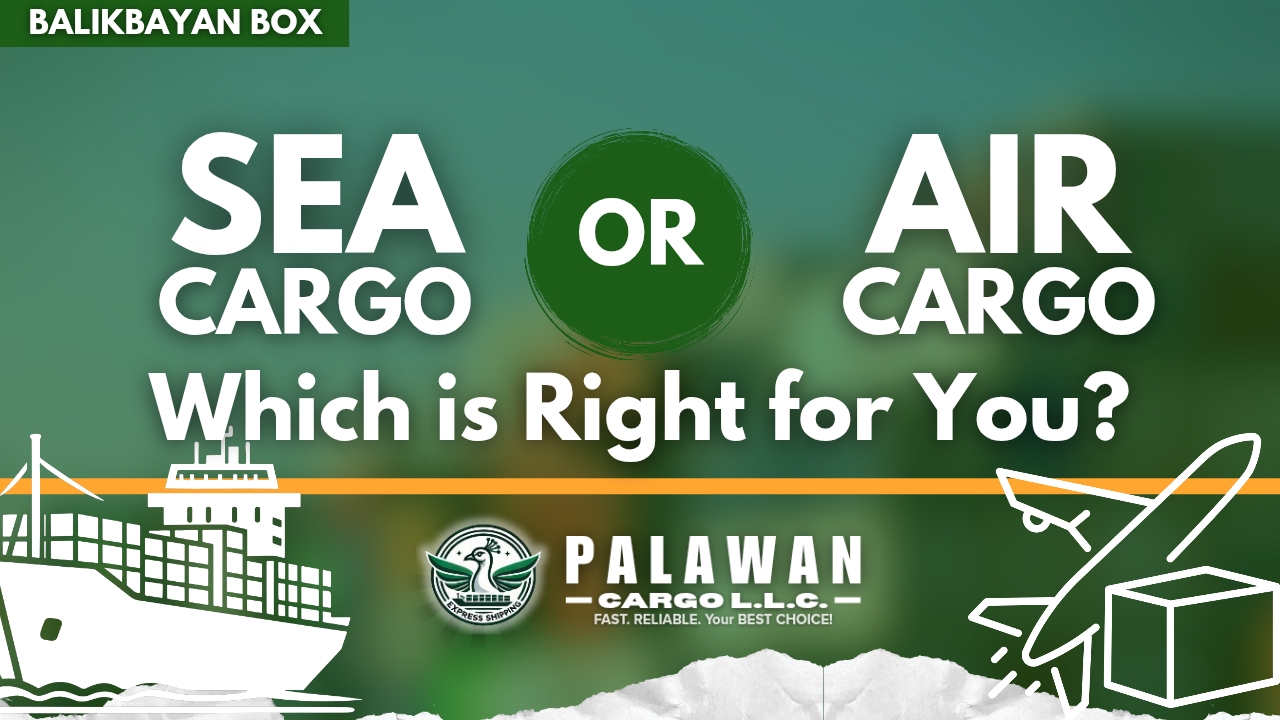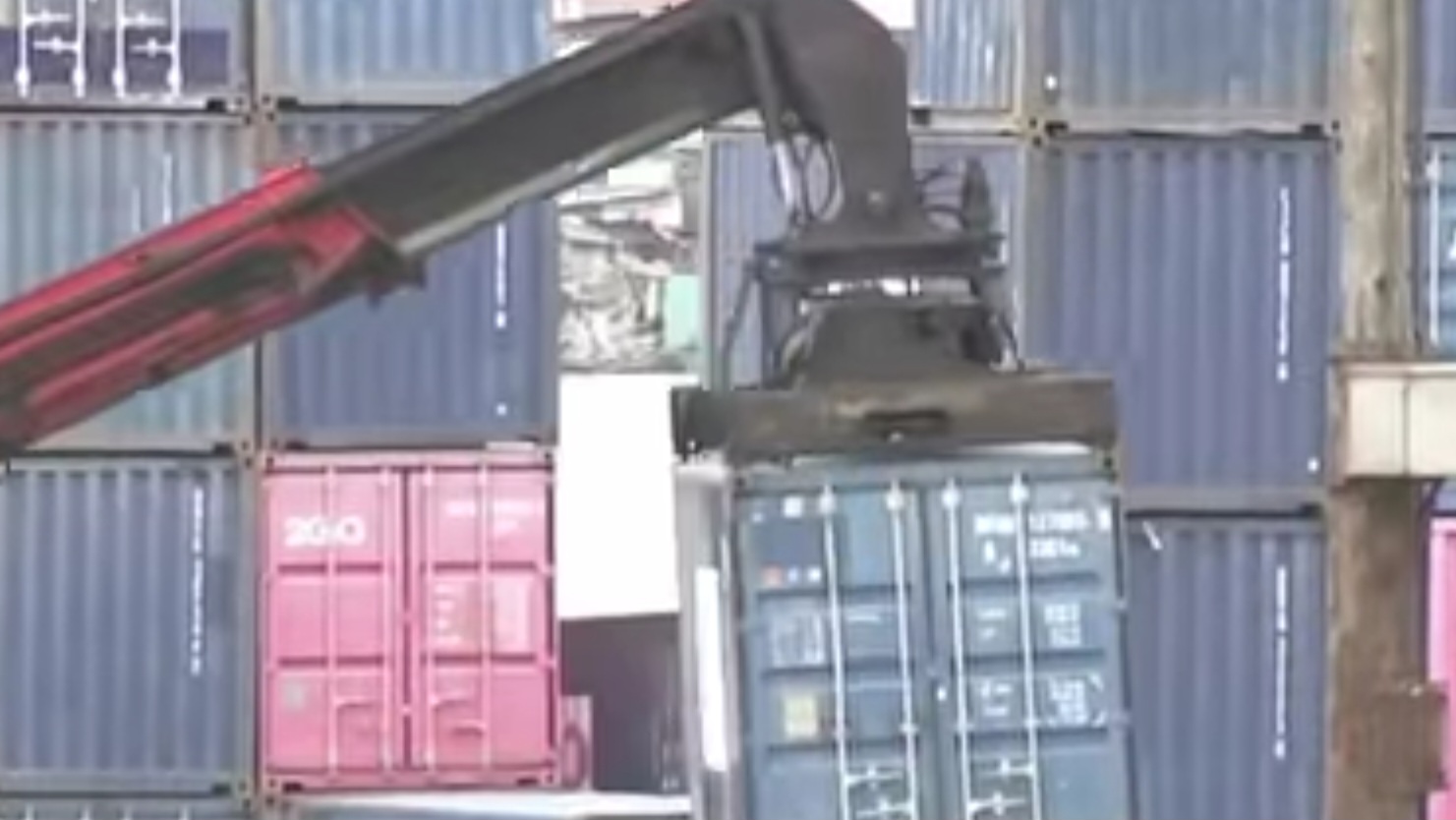Navigating the world of customs clearance in the Philippines can be a daunting task, especially for businesses and individuals new to importing or exporting goods. Whether you are a small business owner, an online shopper, or a logistics professional, understanding the customs clearance process is crucial to ensure your shipments arrive smoothly and without unnecessary delays or costs.
What is Customs Clearance?
Customs clearance is the official process where goods entering or leaving a country are inspected and approved by the government’s customs authority. In the Philippines, this authority is the Bureau of Customs (BOC). Customs clearance involves verifying that shipments comply with all applicable laws and regulations, paying the required duties and taxes, and obtaining the necessary permits or licenses.
Why is Customs Clearance Important?
Customs clearance is essential to control and monitor the flow of goods across borders. It helps prevent illegal importation of prohibited items, protects local industries, and ensures the collection of revenues such as import duties and taxes. For importers and exporters, a smooth customs clearance process means faster delivery times, reduced costs, and enhanced business reputation.
Key Steps in the Customs Clearance Process in the Philippines
- Documentation Preparation
The first step is to prepare all necessary documents. Common documents include the commercial invoice, bill of lading or airway bill, packing list, import permit (if applicable), and certificates of origin or compliance. Accurate and complete documentation is critical to avoid delays. - Filing the Import Entry
Importers or their customs brokers must file an import entry with the Bureau of Customs. This entry includes submitting the required documents and details about the shipment for assessment. - Payment of Duties and Taxes
Based on the declared value and classification of the goods, customs duties and taxes are calculated. These fees must be paid before the goods can be released. The Philippines uses the Harmonized System (HS) for tariff classification. - Inspection and Examination
Customs officials may conduct a physical inspection or examination of the goods to verify the accuracy of the declaration and check for prohibited or restricted items. - Release of Goods
Once all requirements are met, duties paid, and inspections cleared, the Bureau of Customs releases the goods for delivery to the importer.
Common Challenges and Tips
- Incomplete or inaccurate documentation is a leading cause of delays. Double-check all paperwork before submission.
- Understand the tariff classification of your goods to estimate duties correctly.
- Utilize the services of a reputable customs broker who is familiar with Philippine customs regulations.
- Stay updated on changes in customs laws, especially regarding prohibited or restricted items.
- Be prepared for possible inspections and ensure compliance with all import requirements.
Conclusion
Understanding the customs clearance process in the Philippines is vital for anyone involved in international trade. By preparing the right documents, complying with regulations, and knowing what to expect, you can minimize delays and additional costs. Whether you are importing goods for your business or personal use, being informed will help you navigate the complexities of customs clearance with confidence and ease.
Stay informed, plan ahead, and leverage expert assistance to ensure your shipments clear customs smoothly every time.




Leave a Reply